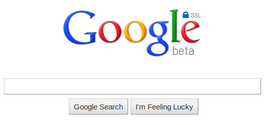
For instance, if you key in your website’s URL in the Google search field, and the search result does not return a single page from your site, you can be sure that you are facing a manual penalty. Sometimes only a sub-set of pages from a very large website are made to disappear from Google’s search index. Even then, regardless of whether the penalty is site-wide or partial, its effect would be pretty devastating on the business.
CONFIRM, AND THEN TAKE ACTION
If you suspect that your site has been penalized by Google, the first step to take would be to confirm that you are indeed facing the penalty. For this, log in to Google Webmaster Tools, and then click Search Traffic in the dashboard.
Now click Manual Actions. If your site has been penalized, it would be listed here. Depending on the punishment, it can be ‘Site-wide’ or ‘Partial’. Further, there would be a mention of the Reason for the action, as well as a list of the parts affected under the Affects header.
Click on Reason to find out why your site faced the penalty. It could be one of the following:
Unnatural links to your site — impact links.
This means Google suspects you could be buying links or collaborating in link schemes. If you think you have been punished wrongly, you should use the Reconsideration tool
Unnatural links
If you see this listed as the Reason, it means Google is seeing a pattern of manipulative links pointing to your site. As a result, it has taken manual spam action against your site.
In this case, you should download the links to your site using Webmaster tools, and check the list for links that violate Google’s guidelines on linking.
Once you’ve identified such links, contact the webmasters of such sites and request them politely to either remove their links, or add a “rel=nofollow” attribute. A good SEO practitioner can help you here.
It’s possible that you are unable to remove some problem links. This is where you use a tool called Disavow links tool provided by Google.
Once you have removed or disavowed the links, it’s time to use the Reconsideration tool and ask Google to index your pages once again.
Hacked site
If this is what you see under Reason, it means Google believes one or more of your pages have been hacked by third parties.
Google suggests a series of steps to clean up your site. A good SEO practitioner can help you in this case. Once you are sure that your site has been cleaned up, it’s time to use the Reconsideration tool to ask Google to index your pages once again.
Unnatural links from your site
This message means Google suspects you are providing unnatural and manipulative links to others from your site as a beneficiary of some link-buying scheme.
You should either remove these links or ensure that they don’t pass your link juice by using the “rel=nofollow” attribute. Once done, use the Reconsideration tool to ask Google to index your pages once again.
Thin content with little or no added value
If you see this message, it means Google has applied a manual spam action on your site because it thinks you have low quality pages of these types:
· Pages with automatically generated content
· Thin affiliate pages
· Scraped content from other sources
· Doorway pages
Identify these pages and correct the violations. Once done, use the Reconsideration tool to ask Google to index your pages once again.
Pure spam
If you see this message, it means Google believes you are practising aggressive spamming. You have to then clean up the affected pages, and approach Google for reconsideration.
User-generated spam
If you see this message, it means has Google has identified that your site hosts pages with spam generated by site users. Such spam can exist in site forums, profile pages, or guest pages. Once again, identify such pages and do a clean-up. Then knock on Google to reconsider.
Measures suggested by Google to prevent user-generated spam include the following:
· Use a CAPTCHA system
· Turn on comment moderation
· Use the “nofollow” attribute
· Add a ‘report spam’ feature
· Disallow hyperlinks in the comment box
· Block Google access to comment pages by using robots.txt file
· Monitor your site for spammy pages by setting up Google Alerts for keywords linked to spam
Cloaking and/or sneaky redirects
If Google thinks your site shows one page to Google, and another to users, or redirecting users to a site different from what Google saw, you will get this message.
To clean up, you have to use a tool called Fetch as Google. This enables you to compare pages as seen by Google, and by other users. If the two are different, start cleaning up the source of this. Once done, request Reconsideration using the tool meant for that.
Hidden text and/or keyword stuffing
If Google thinks some of your pages contain hidden text or keyword stuffing, you will see this message. You could take the help of a good SEO practitioner, or on your own review Webmaster Guidelines on Hidden text and Keyword stuffing. Use the Fetch as Google tool to find content visible to the Google crawler, but hidden from human visitors. Remove or re-style such text, once identified. Once done with the clean-up, use the Reconsideration tool to ask Google to index your pages once again.
Spammy Free hosts
This applies if you run a free web hosting service and a significant number of your users are indulging in spam. The recommended steps are to block creation of automated content, and monitor the service for abuse using simple, but effective tools like site:operator query or Google Alerts. There’s also a Safe Browsing Alert Tool for Network Administrators provided by Google. For other best practices, it’s best to contact a knowledgeable SEO practitioner.
Spammy Structured Markup
In case of the above message, it means Google thinks some of your HTML or CSS code may be using techniques outside its rich snippet guidelines. Webmasters use rich snippets to take advantage of Google’s offer to provide a rich summary of your page in the search engine results page.
To fix this error, first refer to the guidelines. After clean-up, test using the Structured Data Testing Tool provided in the Webmaster tools. Once done, submit for reconsideration.
THE IMPORTANCE OF GUIDELINES
So there we have it, a summary of the most usual reasons given by Google for punishing your Website with the dreaded manual penalty.
Some of the remedial measures listed above may require handholding from an experienced SEO practitioner. As you can see, search engine optimization is not all hot air. There are situations like being at the receiving end of the dreaded manual penalty when you would certainly need the services of an SEO firm.
It’s foundational that as a website owner, you should be thorough with Google’s Webmaster Guidelines. In the instances given above, one finds again and again that the remedy suggested by Google refers to the Webmaster Guidelines. So make sure you have it well covered on that front because it could be the best insurance to ensure you don’t ever face manual penalty from Google.


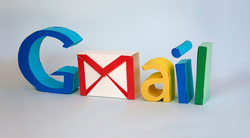
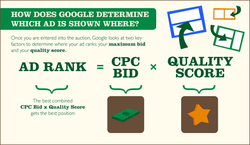
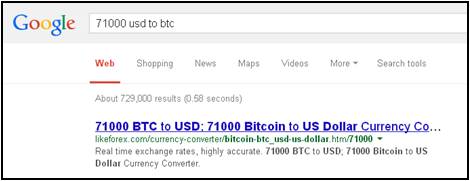

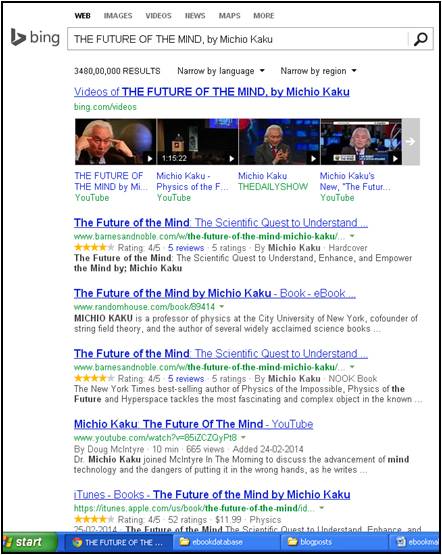
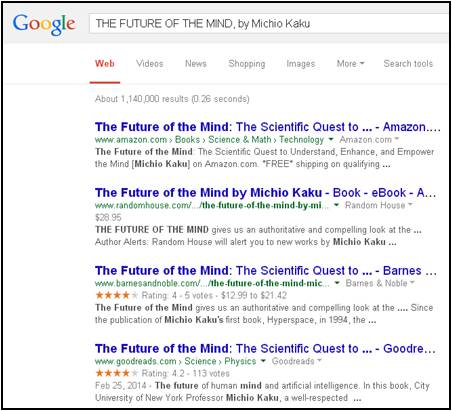
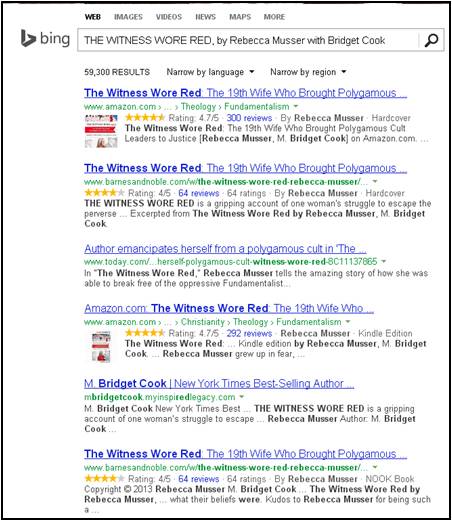
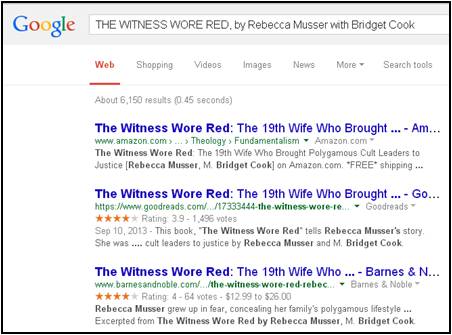
 RSS Feed
RSS Feed
